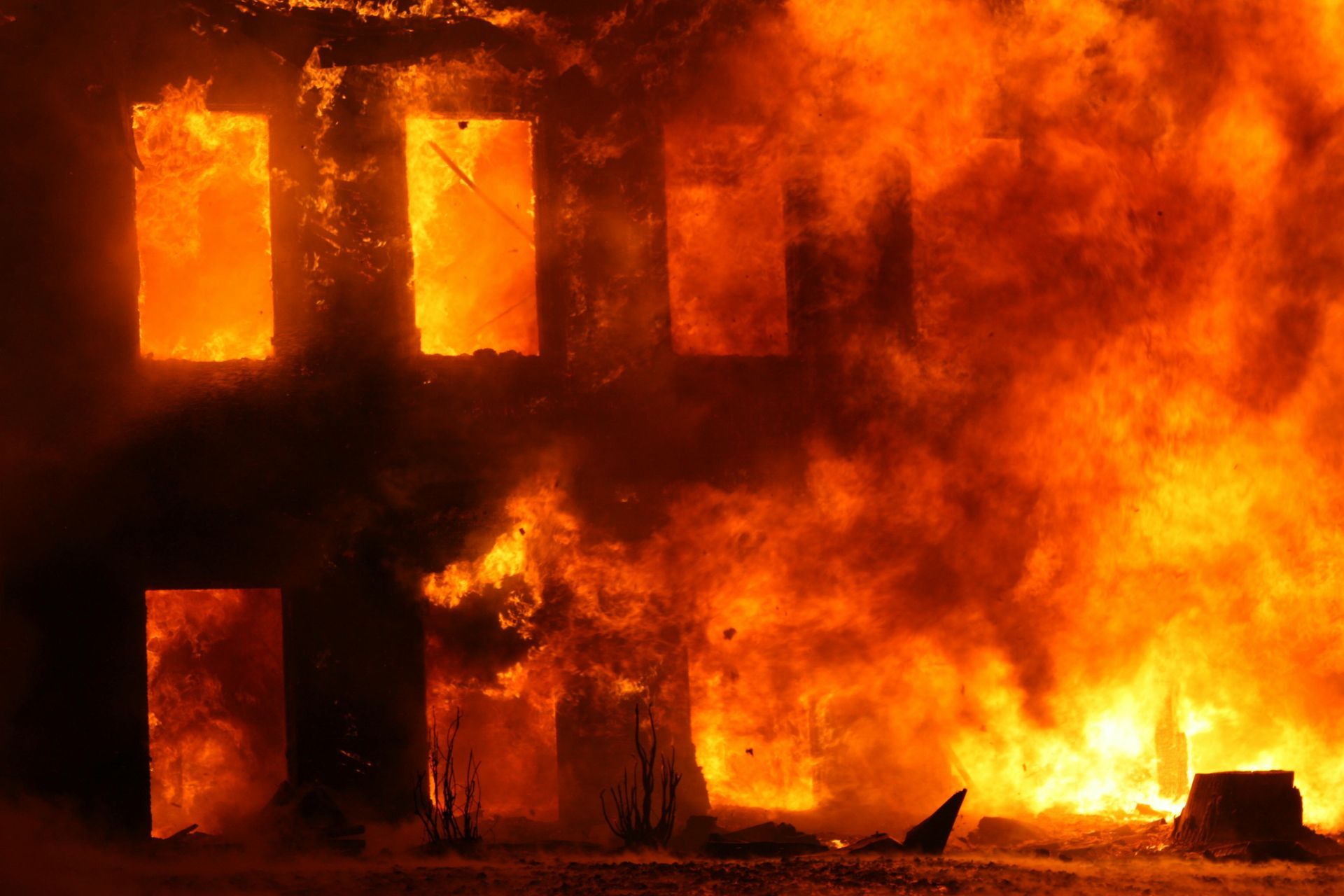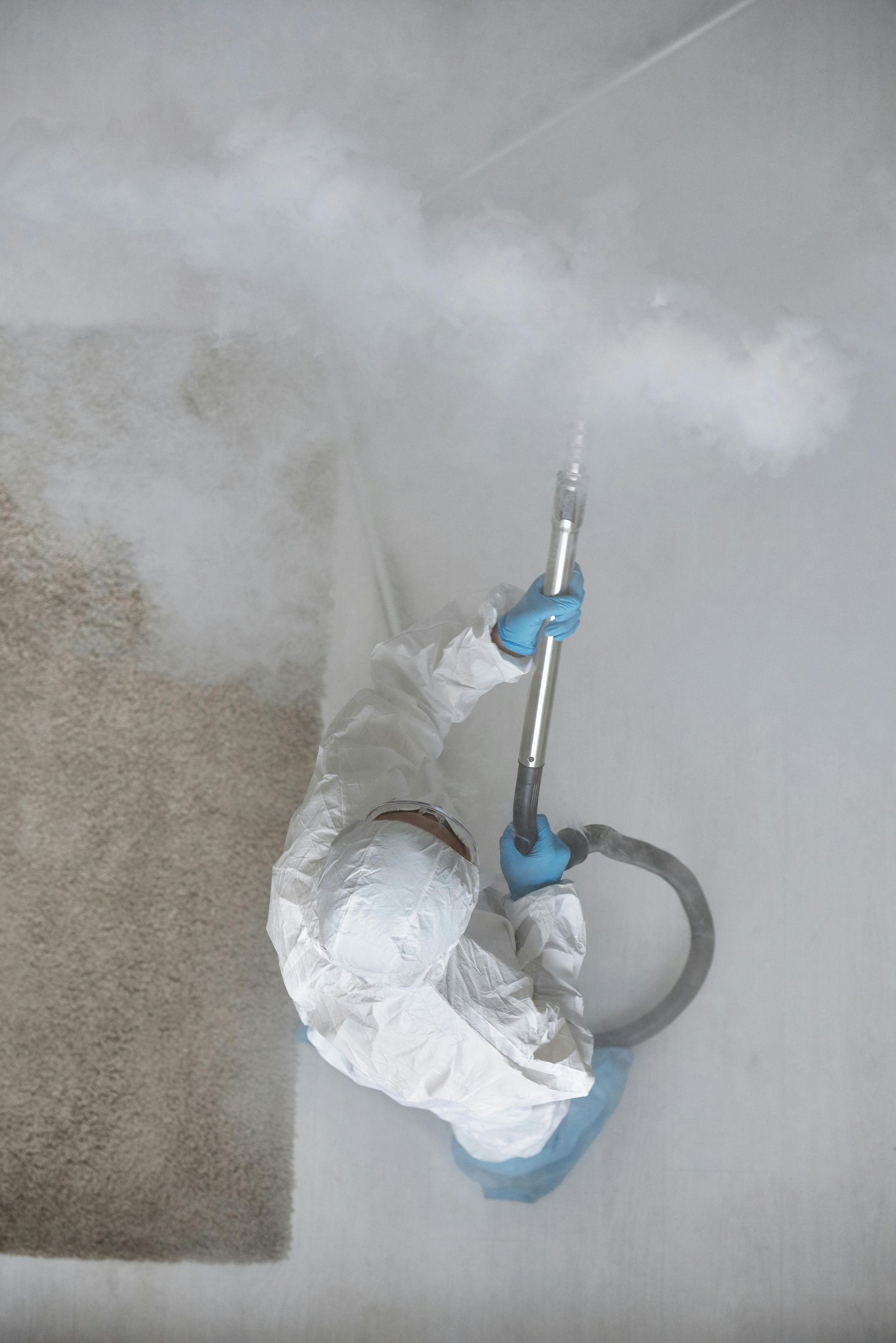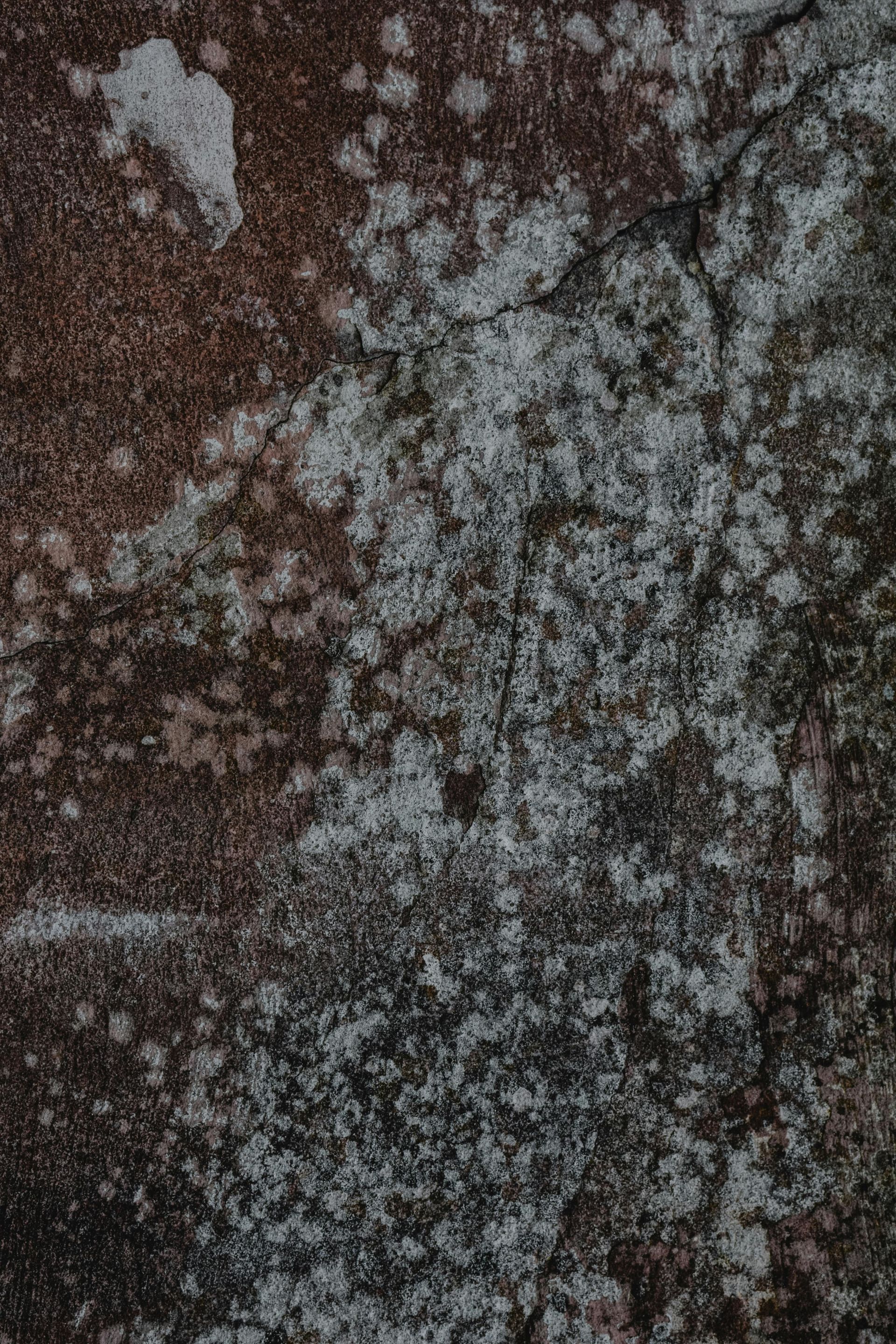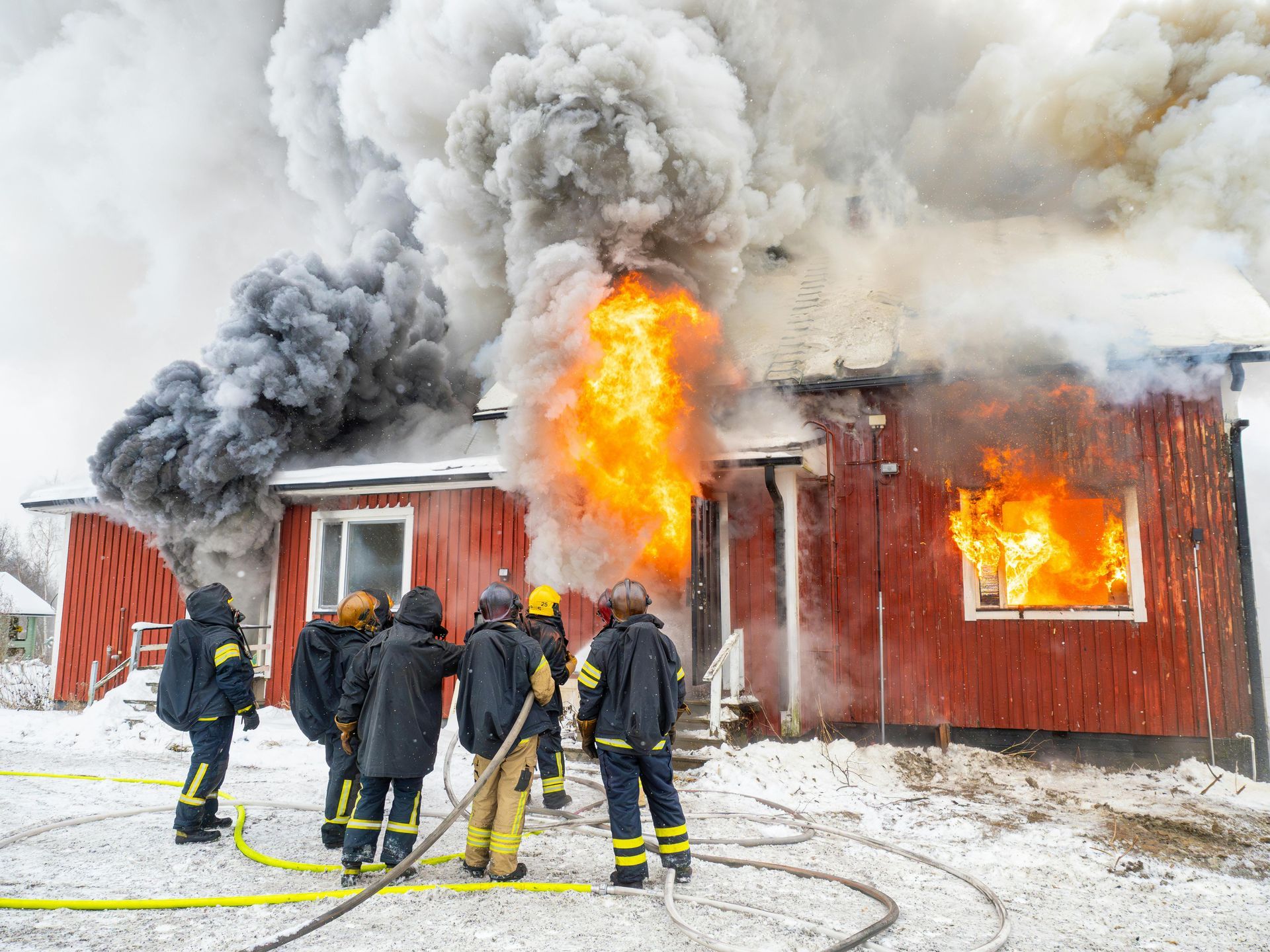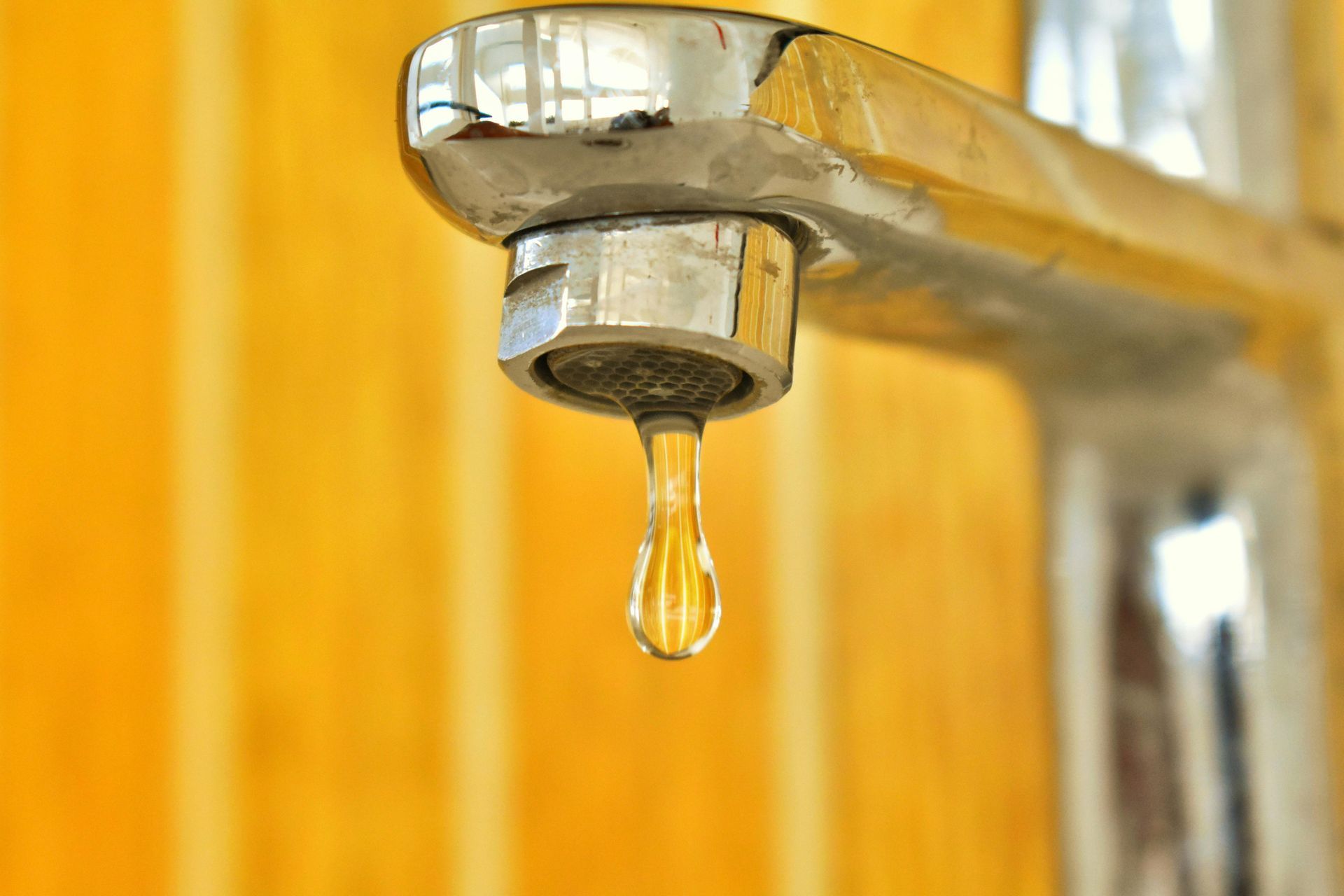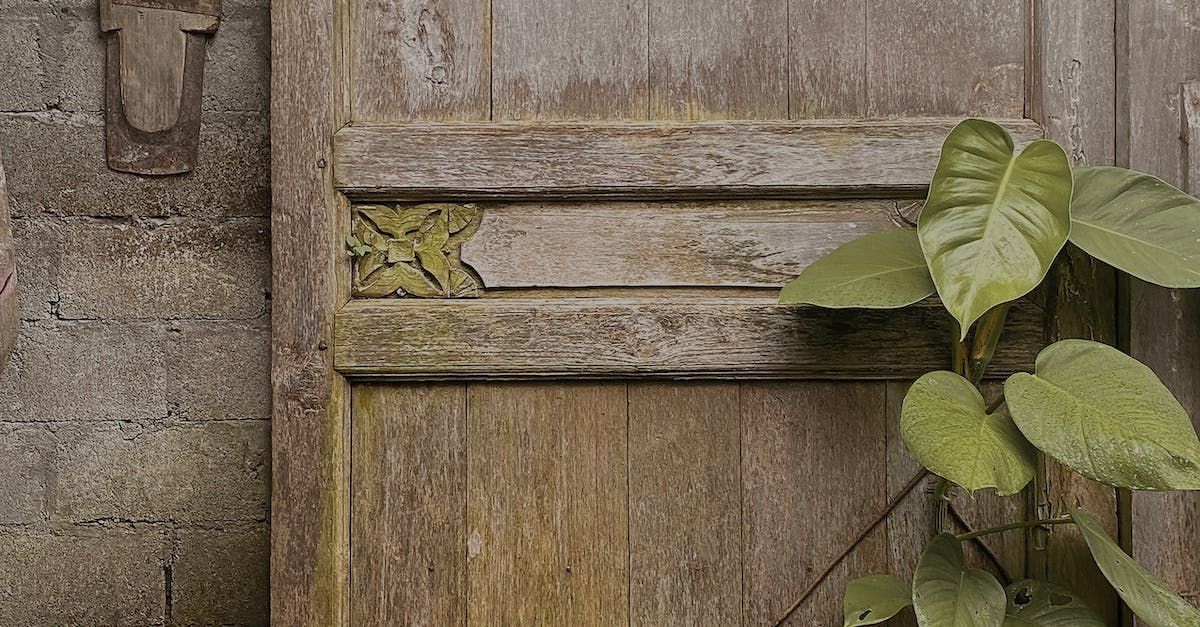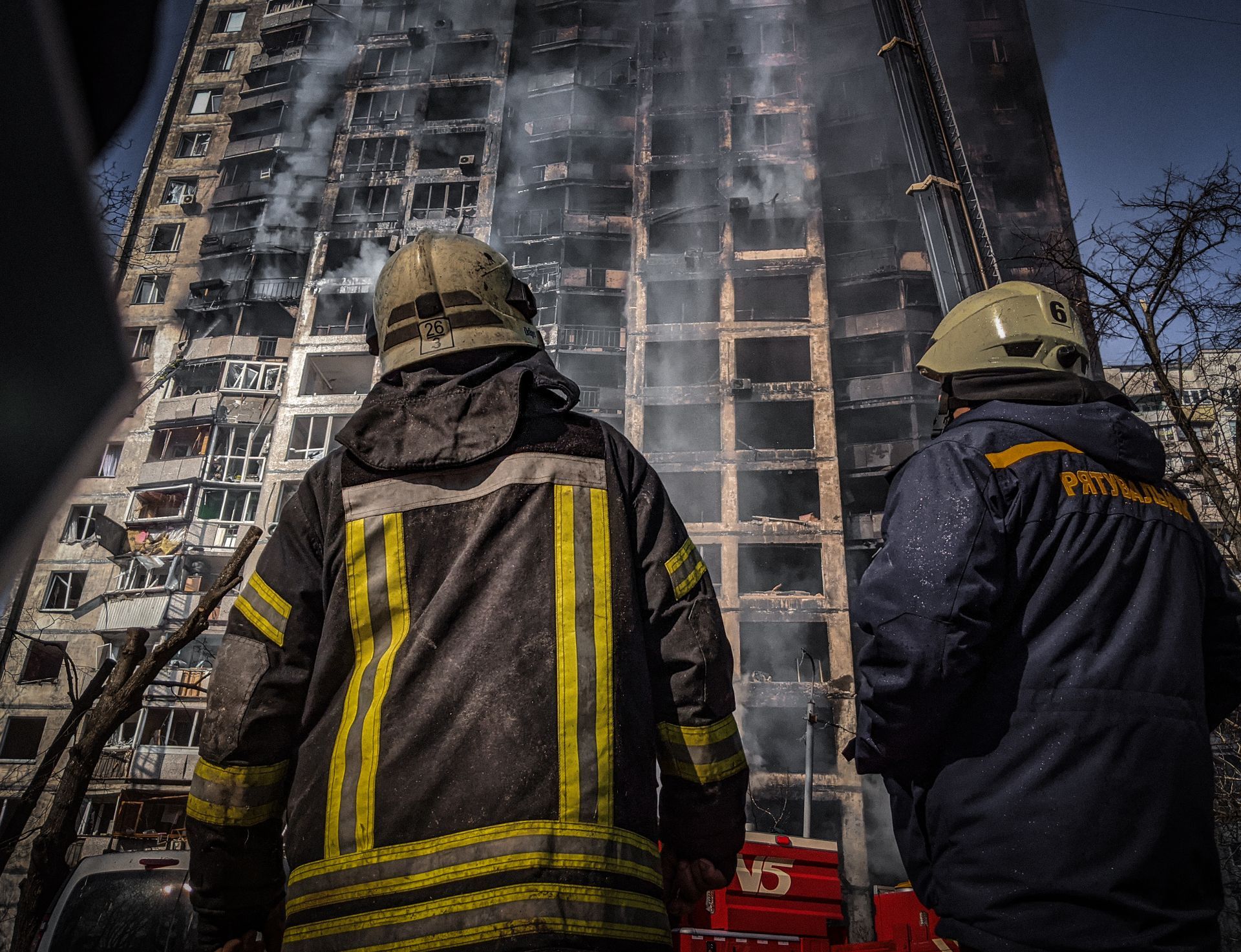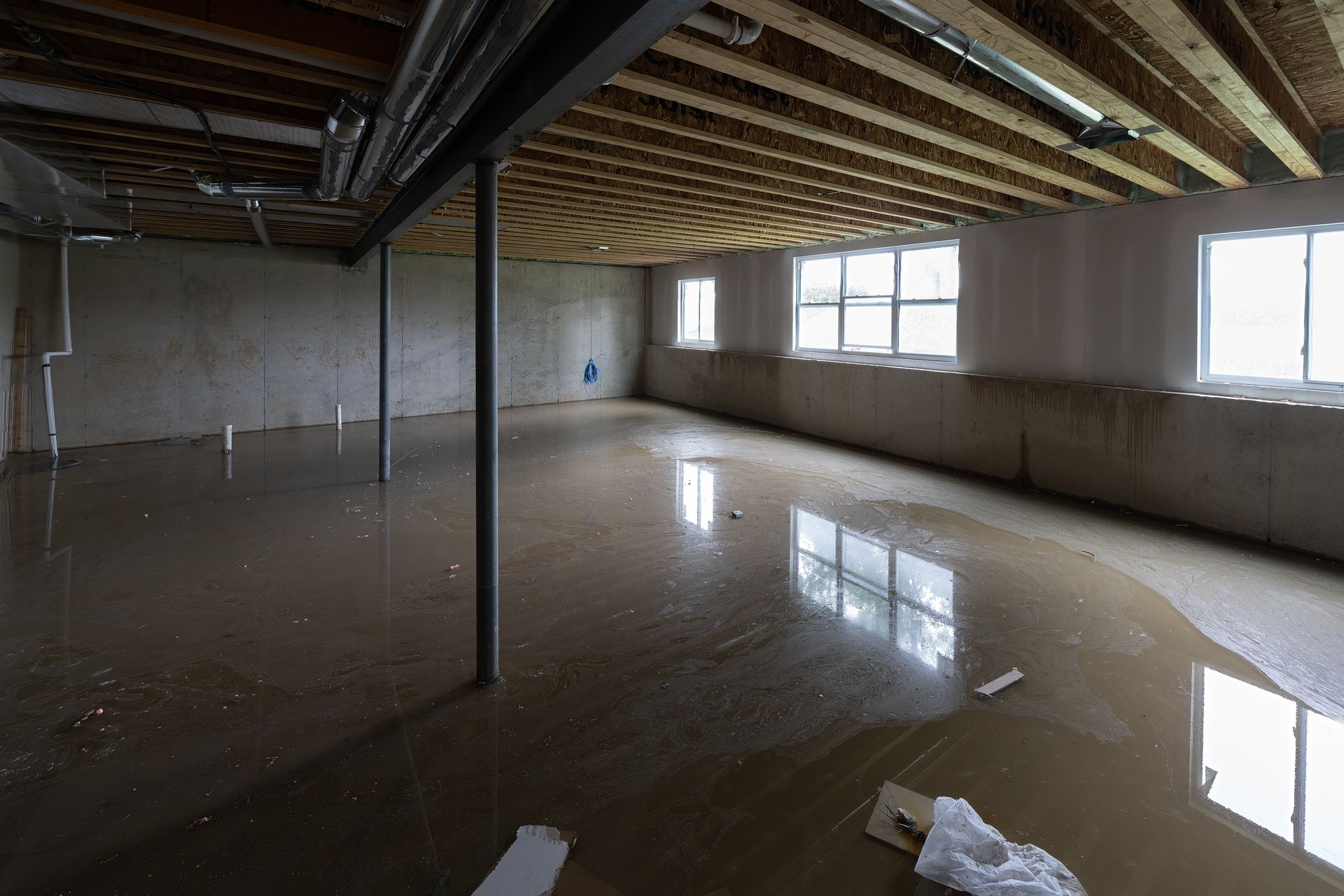Serving Athens, GA & Surrounding Areas
Call 24/7 for Emergencies
The Dangers of Mold Growth in Your Home
Don't Ignore the Dangers of Mold in House: What You Need to Know
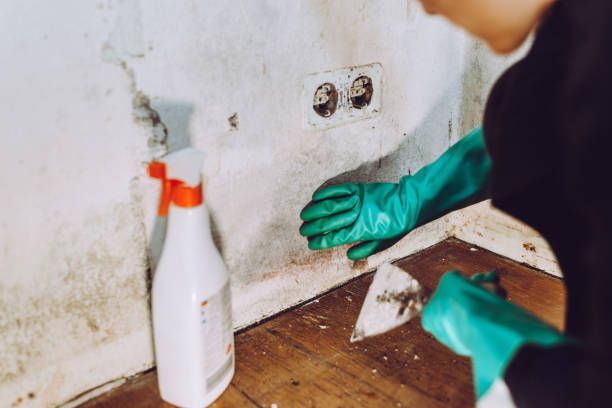
Mold is a common but harmful occurrence in many homes, often thriving in moist environments, such as bathrooms, kitchens, and basements. Unfortunately, its presence isn't just unsightly; exposure to black mold and other types can pose significant health risks. Symptoms may include chronic coughing, eye irritation, and, in extreme cases, toxic mold syndrome from inhaling mold. The dangers of mold in houses extend beyond these visible symptoms, potentially affecting the house's structural integrity. In this article, we'll delve deeper into understanding mold in your home, its potential impacts, and how preventive measures like exhaust fans can help control and eliminate mold.
Health Risks
Health risks associated with mold exposure, particularly to black mold, can be grave. According to the Centers for Disease Control and Prevention (CDC), exposure to molds can lead to symptoms such as stuffy nose, throat irritation, coughing, eye irritation, or, in some cases, skin irritation. People with mold allergies may have more severe reactions, including shortness of breath. Research published in the Journal of Allergy and Clinical Immunology found that home dampness and mold are associated with substantial and statistically significant increases in both respiratory infections and bronchitis.
If you have a persistent cough, red, itchy eyes, and unexplained allergies, these may be signs of mold in your home. Also, the harmful toxic mold, also known as
Stachybotrys chartarum or black mold, produces mycotoxins that can lead to neurological problems and even death in extreme cases. Other molds, while not as toxic, can still cause health issues when inhaled. Understanding the different types of mold and their effects on health is a vital part of ensuring a safe home environment.
Allergic Reactions
Allergic reactions to mold can range from mild symptoms like sneezing and itchy eyes to severe respiratory distress. Some individuals are genetically predisposed to mold allergies, making them more susceptible. Damp conditions and poor ventilation can exacerbate these allergies, making mold in the home a significant health hazard.
Respiratory Issues
Respiratory issues are a common consequence of mold exposure. Inhaling mold spores can trigger asthma attacks in individuals with the condition and even cause asthma in healthy individuals. Prolonged exposure to mold in homes can also lead to chronic respiratory illnesses, demonstrating a worrying link between mold presence and respiratory issues.
Headaches and Fatigue
Exposure to mold can detrimentally impact energy levels and cognitive function. The toxins produced by mold can induce persistent headaches, leading to chronic fatigue. This constant lethargy can interfere with daily activities, and the cognitive impairment can result in difficulties with concentration and memory. The correlation between mold and these symptoms highlights the hazards of mold presence in homes.
Irritation
Mold exposure, particularly to toxic variants, can lead to persistent irritation in the eyes, nose, and throat. Mold spores, when inhaled, can inflame the mucous membranes, causing symptoms like a runny nose, sore throat, and red, itchy eyes. Thus, the presence of these irritations often indicates mold in the home.
Fungal Infections
Fungal infections are a potential risk of mold exposure. Certain molds, like Aspergillus, can lead to systemic infections in individuals with compromised immune systems. Tinea and Athlete's foot are common skin infections resulting from exposure to Dermatophytes. Infections can vary from mild to severe, depending on the type of mold and individual vulnerability.
Neurological Symptoms
Neurological symptoms like memory loss and difficulty concentrating can arise from prolonged exposure to toxic mold. Mycotoxins released by mold interfere with brain functions, leading to cognitive impairment. The presence of these symptoms is often a clear indicator of a serious mold problem in the home. Understanding this link is paramount to maintaining a safe living environment.
Immunological Reactions
Immunological reactions can also result from exposure to mold. The immune system reacts to the foreign mold spores, leading to inflammation and symptoms such as skin rashes and sinus congestion. In severe cases, constant exposure to mold can weaken the immune system over time, making the body more susceptible to other infections and diseases.
Toxicity From Mycotoxins
Mycotoxins, produced by toxic molds like Stachybotrys chartarum, can lead to serious health conditions. When inhaled, these toxins can cause neurological issues and, in rare cases, death. Prolonged exposure to mycotoxins can also weaken the immune system, making individuals more susceptible to other infections and enhancing the dangers of mold in your home.
Sudden Infant Death Syndrome (SIDS)
Sudden Infant Death Syndrome (SIDS) has been associated with exposure to toxic mold. Though research is scarce, potential risks persist. Parents are advised to ensure a mold-free environment, especially in the infant's sleeping area, to lessen SIDS risk. Regular cleaning, proper ventilation, and the use of exhaust fans can help mitigate mold growth.
Structural Damage
Mold, particularly black mold, doesn't just pose health risks - it can also wreak havoc on the structural integrity of your home. This insidious invader can infiltrate porous materials like drywall, wood, and insulation, resulting in long-term damage that's not only destructive but also costly to repair. If left untreated, mold can cause materials to rot and weaken, compromising the safety and durability of the home. For example, a seemingly innocuous leak under a sink can lead to widespread mold growth that impacts the stability of nearby walls and floors. In addition to repair costs, if mold in homes is not addressed promptly, it can significantly diminish the property’s value, making it a less attractive prospect for potential buyers.
Weakening of Building Materials
Mold growth weakens materials like drywall and wood, causing them to rot. This process can compromise the structural integrity of walls, floors, and ceilings in your home. If left unchecked, this damage can escalate, causing safety issues and potentially necessitating extensive repairs, further emphasizing the dangers of mold in the house.
Compromised Foundation
Mold growth can severely compromise a home's foundation, penetrating its surface and weakening its structure. Over time, this can lead to cracks or even collapse, posing significant safety risks. Swiftly addressing mold growth is thus crucial to maintaining structural integrity, preventing further damage, and mitigating the dangers of mold in the house.
Decreased Property Value
Mold presence can dramatically depreciate a property's value, making it less appealing to potential buyers. The cost and effort of mold remediation, coupled with potential health risks, often deter prospective homeowners. This underscores the importance of addressing mold in homes promptly to maintain property value and marketability.
Increased Risk of Collapse
Prolonged exposure to mold can lead to the deterioration of structural materials, increasing the risk of collapse. Mold weakens the structural components by breaking down the material integrity over time. This underlines the need for immediate mold remediation to ensure the safety, longevity, and stability of residential structures.
Discoloration, Warping, or Deformation
Mold growth can cause discoloration, warping, or deformation in building materials. These manifestations can drastically alter a home's appearance. For instance, a beautiful hardwood floor can become discolored and warped due to mold, while painted walls might show deformities and discoloration spots. It's crucial to address mold growth promptly to maintain aesthetic appeal.
Unpleasant Odors and Reduced Indoor Air Quality
Mold growth frequently results in unpleasant odors and a marked decline in indoor air quality. These conditions can exacerbate respiratory issues, trigger allergies, and cause discomfort. Prolonged exposure to this environment can significantly impact the health and well-being of inhabitants, highlighting the serious dangers of inhaling mold in your home.
Increased Potential for Pest Infestations
Mold growth can attract pests such as insects and rodents, creating an added nuisance. These pests can exacerbate the issue by damaging building materials and spreading mold spores, accelerating deterioration. Hence, timely mold remediation is crucial not only to maintain structural integrity but also to prevent potential pest infestations.
Increased Potential for Future Water Damage or Mold Growth
Mold growth often signals underlying moisture issues like leaks or high humidity, which, if neglected, can lead to more severe water damage or further mold proliferation. Neglecting these issues can accelerate the harmful effects of toxic mold and increase the risk of inhaling mold, further emphasizing the menace of mold in your home.
Identification and Prevention
Identifying mold growth in your home is critical for preventing health hazards and structural damage. Visible signs of mold include discoloration on walls, ceilings, or other areas, which may appear in varying shades of white, black, green, red, or orange. Apart from visual cues, a persistent musty odor is a strong indicator of hidden mold.
Preventing mold growth involves controlling the moisture level in your home. Ensure proper ventilation, particularly in high-humidity areas such as bathrooms, kitchens, and basements. Installing exhaust fans can significantly reduce moisture accumulation. Regularly check and maintain your home’s plumbing system to avoid leaks. If
water damage occurs, address it promptly, as it is a conduit for mold growth.
Remember, moisture control and early detection are the keys to preventing harmful toxic mold. Ignoring
water leaks or condensation may lead to a mold infestation, risking health issues and potential damage to your home. Regular home inspections can also help detect early signs of mold and prevent its growth.
Remediation and Removal
Mold remediation begins with a thorough inspection to identify the extent of the mold infestation. A professional team will examine your home to locate areas of mold growth, including hidden spots behind walls or under flooring.
Following the inspection, containment procedures are put into place to prevent the spread of mold. This could involve advanced techniques like negative air chambers to isolate the contaminated area with physical barriers and keep the mold spores from spreading during the cleanup process.
The next phase is air filtration, where industrial-grade air scrubbers and HEPA vacuums are used to capture microscopic mold spores from the air. This process also helps to prevent the spread of these mold spores while the mold remediation is in progress.
After containment and air filtration, the
removal of mold and mold-infested materials begins. Depending on the amount of mold growth and the types of surfaces involved, the mold remediation process will vary significantly. Antifungal and antimicrobial treatments will be used to eliminate mold colonies and help prevent new colonies from forming.
Finally, cleaning and restoration include replacing drywall, painting, or even major repairs such as replacing entire walls. It is crucial to work with a professional mold remediation company to ensure a thorough and safe cleanup. Look for a company with certified professionals, positive customer reviews, and who provides a detailed remediation plan.
Fight the Mold in Your Home With North Eastern Restoration
At
North Eastern Restoration, we specialize in the efficient removal of mold in homes, ensuring your environment is free from the dangers of mold and toxic mold. Exposure to black mold could lead to health risks such as eye irritation, and inhaling mold can be potentially harmful. Our team is equipped with the professional tools and expertise necessary for transforming your home from a damp, mold-prone space to a healthy, mold-free haven. Don't let the dangers of mold in the house compromise your health or property value. Contact us today for a comprehensive
mold inspection, and let us help you restore the comfort and safety of your home.
CONTACT US 24/7 FOR ANY WATER, FIRE, MOLD RELATED EMERGENCY
OR CALL US 24/7
Northeastern Restoration offers professional 24/7 emergency water, fire, and mold damage restoration services in Athens, GA, Gwinnett County, and Jackson County. Our IICRC certification ensures high-quality restoration. With a rapid 45-minute response time, we are committed to restoring your property quickly and effectively.
IICRC Certified
OUR SERVICES
CONTACT INFORMATION
Northeastern Restoration
217 Monte Ln, Jefferson, GA 30549, United States of America
All Rights Reserved | Northeast Restoration

